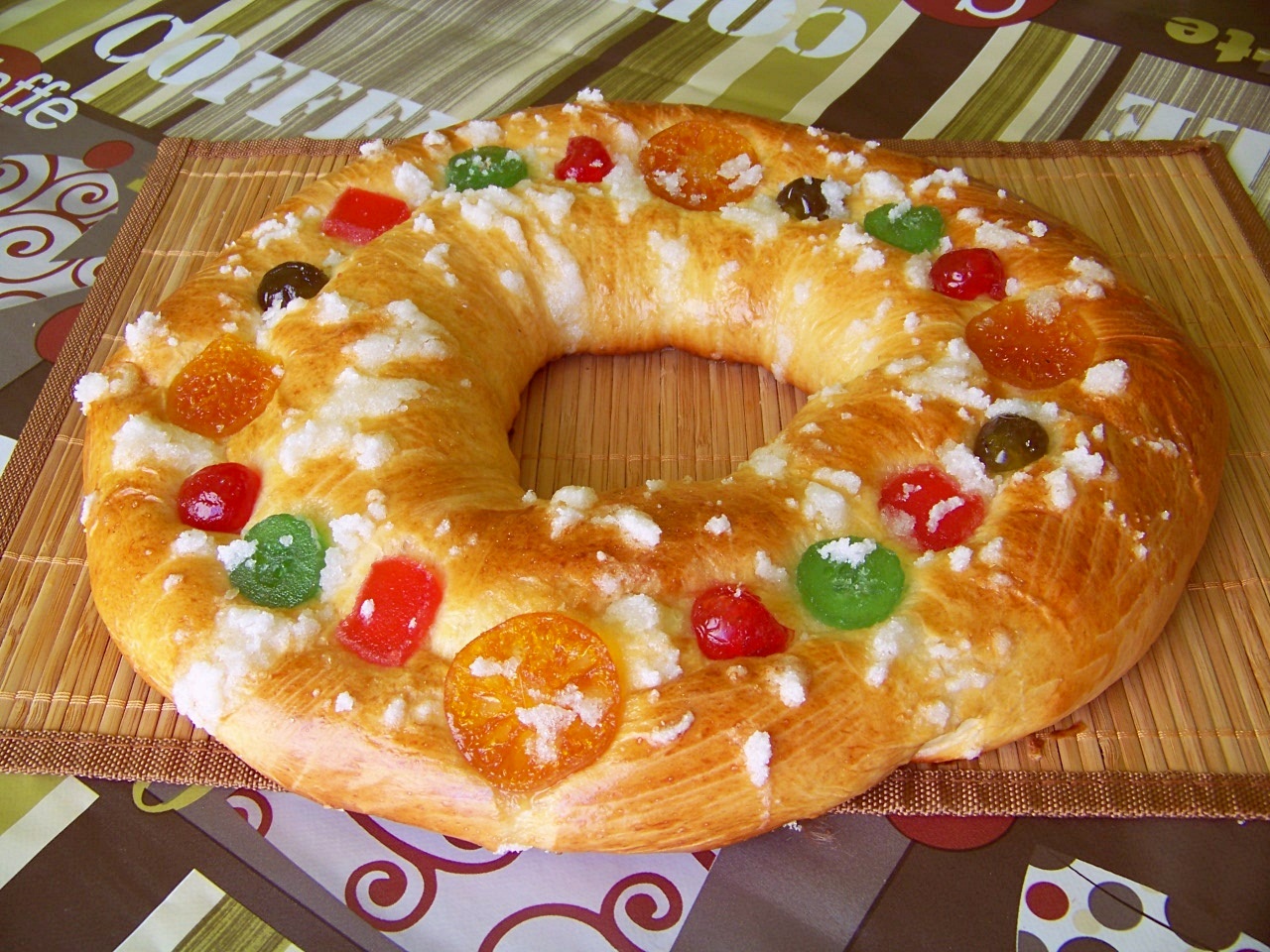Tapas are a quintessential Spanish tradition that I really wish would spread over to the United States. It's all about going out with some friends and enjoying some wine, food, and company for an evening.
Besides the socializing, there are three parts to the act of tapas, though these can vary depending on where in the country you are. In Lugo we are pretty lucky as far as tapas are concerned, but I'll explain why later.
So, what is a tapa, other than a lid? In this context, a tapa is a little something to eat along with your drink. This can be a wide variety of things, and depends on what region you are in. Here we can get some things that are pretty specific to Galicia, such as caldo gallego (a brothy soup made with potatoes and a vegetable that I believe is called "tree collards" in English), or raxo (a piece of fried pork with spices on bread). More Spanish-style examples are patatas bravas (like little french fries with spicy ketchup), or albóndigas (meatballs. this is slightly misleading because you almost always only get one.)
Here we have an example of raxo (a super greasy example) and champiñones (mushrooms) in the background. These ones are fried, but you can also find champiñones con crema which is, as you probably guessed, mushrooms in cream sauce. So good.
Next is really the main part of the tapas experience, or at least the part you pay for (in Lugo at least. again I'll explain more later): the drink.
In deciding what to drink, you must first choose between wine, beer or hard alcohol. Wine can be essentially divided into tinto or blanco (red or white) and from there it's only a matter of what you know how to order. I usually go with a rioja, because it's hard to go wrong with a rioja.
Rioja with champiñones con crema.
If you want beer, there's three options: caña, which is whatever light beer is on tap, often Estrella Galicia, tostada, which is whatever somewhat darker beer is on tap, and clara de limon, which is light beer with fanta. I know, it sounds trashy, but if you don't feel like consuming as much alcohol as your typical spaniard it's a good choice.
Finally is hard alcohol, which is pretty much the same as you can get at most any bar. There are however a few Galician specialities that I'd like to share. They are: liquor café, crema de orujo, liqor de hierbas, and liqor miel. These are the typical Galician distilled spirits, and usually each bar will have theirs specially homemade, either by an artisan or by the bar itself.
The last part of the tapas experience is the pincho (Gl: pitisco, Bsq: pintxo) which is a little piece of something with a toothpick stuck in. This is generally a piece of bread with some cheese or ham on top, but can also be a slice of tortilla de patata (this really deserves its own blog post) or empanada (pastry stuffed with tuna or ham and fried onions & peppers)

These are fancier pintxos than most of what I've seen.
So, now on to why Lugo is special when it comes to tapas. In Lugo, the drink is the only part of this whole shenanigan that you have to pay for. After you get your drink, the waiter will come around with a platter of pintxos and rattle off a list of tapas that they're offering. Then you, panicked and bewildered by the options, blurt out some string of syllables that hopefully come close to something the waiter said. And you take a pintxo. Depending on the bar, the waiter might come back once or twice more with more pintxos.
This compared to a lot of Spain where you might only get a pintxo or have to pay for your tapa as well as the drink. Here's how they work in some other cities:
Granada: no pintxos, +1 free random tapa.
Cadiz: pay for a tapa of your choosing.
San Sebastian: buffet style pintxos, free with your drink.
This is only what I've heard however, so I may be wrong. I'm curious though, to see how tapas are done elsewhere. Some travelling is in order. But in the meantime, I'll just be happy that in Lugo I can fill up on tapas and not have to cook dinner every once in a while.






